Review and application of roofing material RKP 350

Roofing material is one of the most common and cheap roofing materials. At the same time, its installation does not require a lot of experience and specialized tools, therefore, it is simple and quick to do on our own with a minimum of helpers. We will tell you about one of the most common types of roofing material in our review.
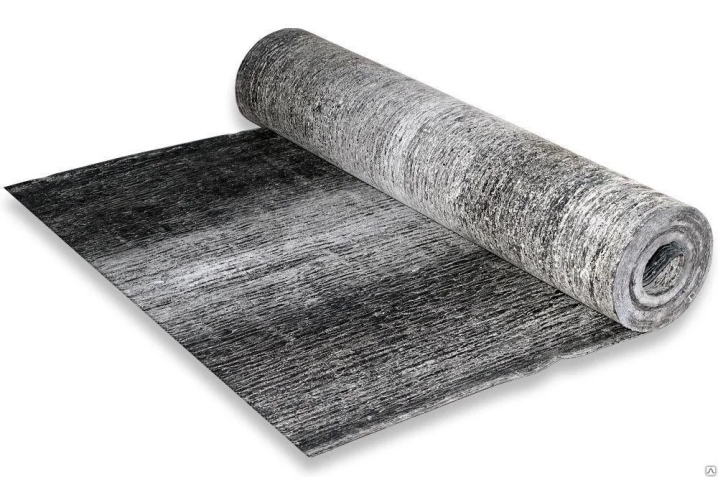
Specifications
For the construction of a practical roof, the service life of which is focused on a period of up to 5 years, roofing material RKP 350 or RKP-350b is often used. Its technical features, thickness and weight correspond to the current GOST 10923-93 or TU of the manufacturer. Such roofing material can also be used as a waterproof layer for moisture insulation of the foundation.
The practicality and reliability of the RCP 350 is due to its structure.
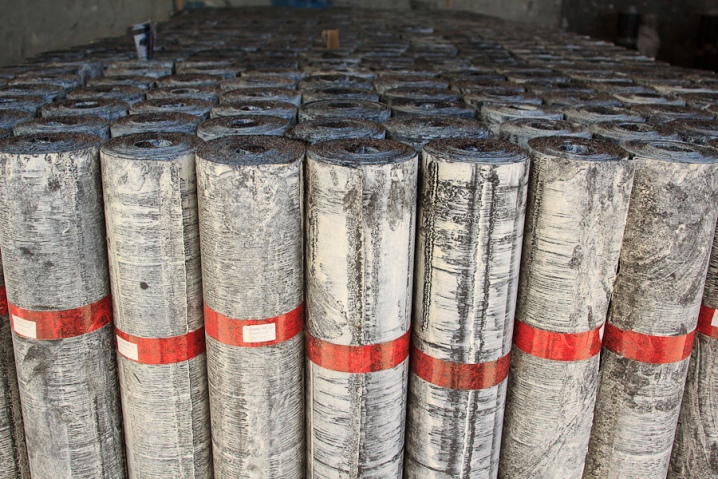
The basis of the building material is cardboard with a density of 0.35 g / sq. m. It is impregnated with liquid low-melting bitumen, and then a layer of high-melting bitumen is applied to the surface and sprinkled with hard crumbs from magnetal and shale. The result is a fairly budgetary, but high-quality roofing material with exceptional technical properties. The operating parameters of the RKP-350 material make it possible to use it on the roof of a wide variety of configurations, with any slope and angle of inclination.
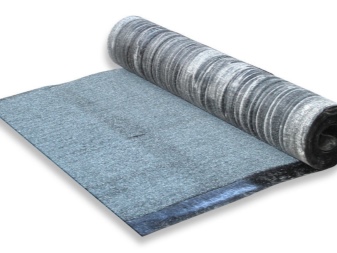
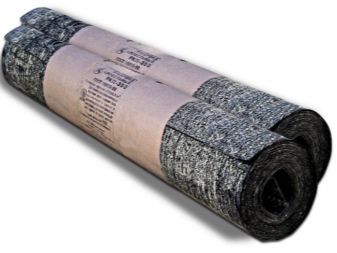
Roll parameters:
-
width - 1 m;
-
area - 15 sq. m, the permissible deviation is no more than 5 sq. m;
-
weight - 24 kg.
In this case, the weight of the cover layer is 800 g / sq. m, and breaking strength - 28 kg / s. The heat resistance of the roof drops below 80 g in 2 hours. Waterproofing - 72 hours.
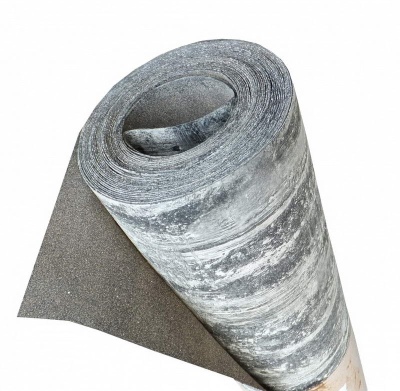
Marking
It is possible to determine the main functional parameters of roofing material using the decoding of its marking. The manufacturer applies conventional signs and thereby reveals its basic technical properties. With regard to roofing material RKP-350, the abbreviation indicates the following operational characteristics of the material.
P - type of building material, roofing material.
K - scope of operation, roofing felt.
P - dusty powder. There may be letters denoting powder:
-
M - fine-grained;
-
K - coarse-grained;
-
H - scaly.
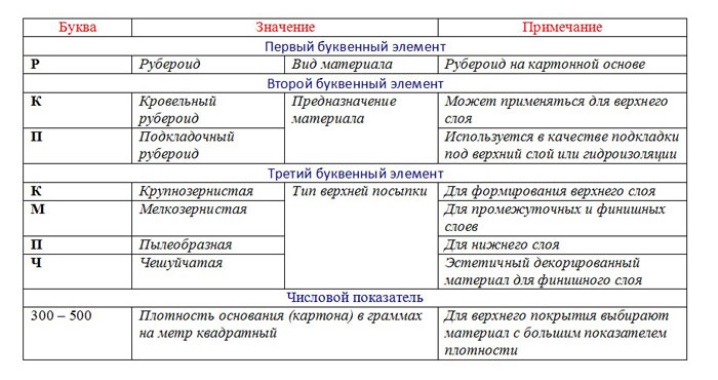
The digital designation reflects the density indicator of the paper base used for the production of roofing material.
Respectively, RKP-350 marking means that we have before us a roofing felt with a dust-like powder, obtained by impregnating a cardboard sheet with a density of 0.35 kg / sq. m.
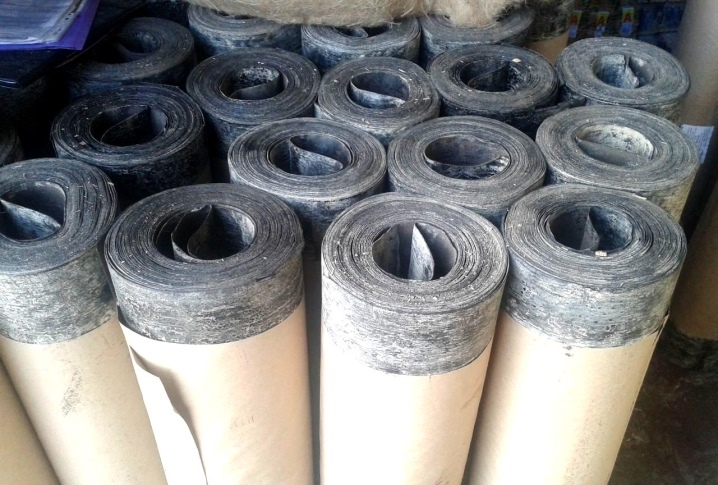
What is the difference from RPP 300?
Roofing material of all varieties is obtained from durable cardboard processed with low-melting and refractory petroleum products. This production technique makes it possible to obtain an easy-to-install material with high waterproofing characteristics. To optimize the working properties, chalk, clay and other mineral components are often added to the upper bitumen layer - this makes it possible to increase the heat resistance of the building material.
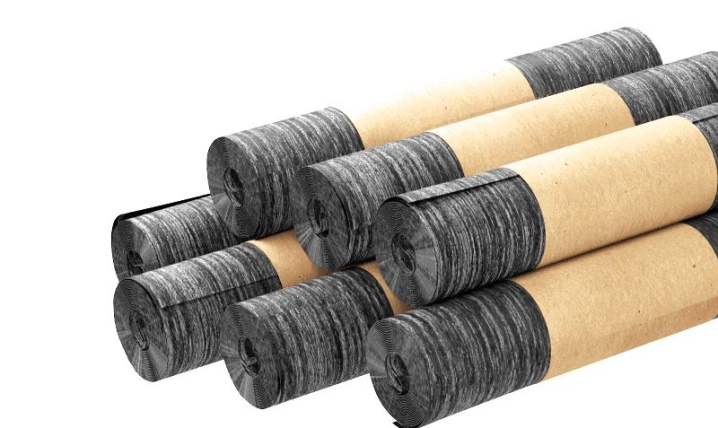
There are two main types of roofing felt.
-
Lining - irreplaceable as a waterproofing agent in the foundation, can be used as an inner layer of a roofing structure. For its production, take cardboard with a density of 300 g / sq. m.
-
Roofing - this type of roofing felt in the roofing cake is widely used as a topcoat. It is made of paper with a density of 0.35 kg / sq. m.Outside, it is sprinkled with quartz sand or crushed mica.

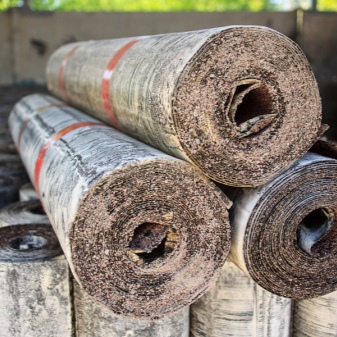
Thus, the main difference between RCP 350 and RPP 300 roofing materials is in the cardboard base from which the covering material is made. This determines the variability of the scope of use of materials.
So, the roofing material of the RPP-300 brand has found its application as a substrate for elements of the roofing structure, and RKP-350 is placed only at the last stage of installation.
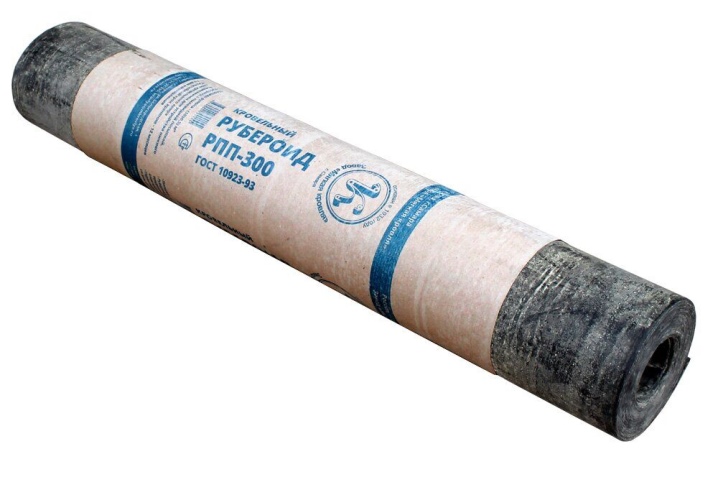
There are other differences as well.
-
The length of the RPP-300 roll is 20 m.This is 2 times more than the corresponding parameter of roofing varieties with an equal width of 1 m.
-
Coating surface area of one RPP-300 roll is 20 m2.
-
Covering layer weight RPP 300 - no more than 500 g / m2.
-
Breaking strength - not less than 22 kgf.


Scope of application
A widespread use of roofing material is roofing. In rare situations, it is used to create waterproofing strip foundations. The main purpose of such roofing material is to protect the base of the roof from the effects of snow, rain and other precipitation. The basic areas of application include:
-
lining material;
-
hydro and thermal insulation of the outer and inner layers of the roof;
-
waterproofing strip foundations of buildings for various purposes;
-
repair work.
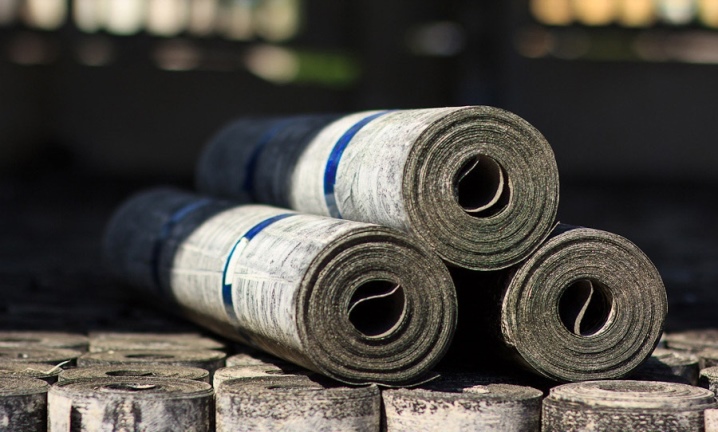
Modern manufacturers, in addition to the basic version of the RCP-350, offer its modified RCP 350-0. The tensile strength of this material is lower than that of conventional RCP, and the additional powder includes only one crushed talcum powder without the addition of stone chips. A similar material is used strictly in the lower sections of the roof structure. For the upper ones, they usually take the basic modification of the RCP 350 - it has a much stronger powder, and the breaking capacity is higher.
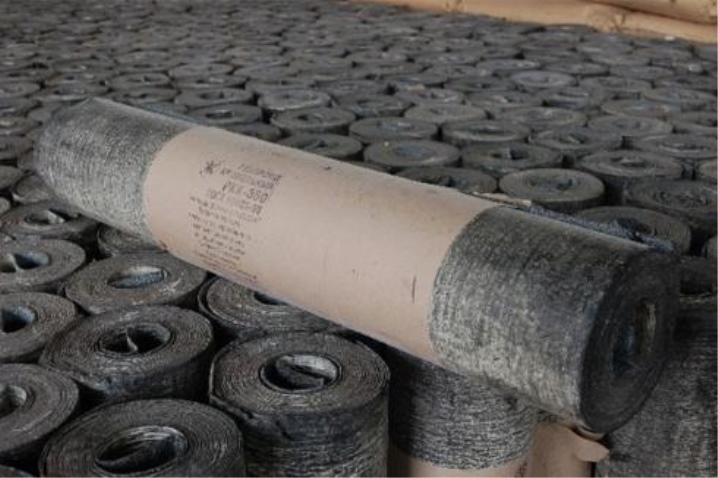
Roofing material can be used to arrange moisture insulation for foundations of all types of buildings. However, in this case, you need to know that RCP 350 is able to protect against moisture. But it is powerless against the elevated level of groundwater.
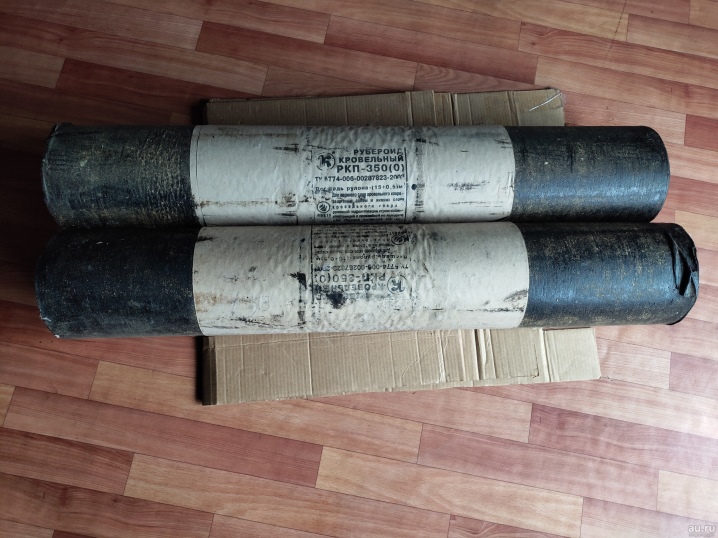
Installation features
To lay roofing material, you will need a gas burner with a cylinder and a roller. Before starting work on the arrangement of the roof, the roll should be rolled out and kept on a horizontal surface for at least a day. If there is no opportunity to place the material in this way, then you can go the other way: roll out the roll, and then roll it in the other direction.
Such preparation helps to eliminate all folds and folds in the strips. It is much easier to lay the material prepared in this way.
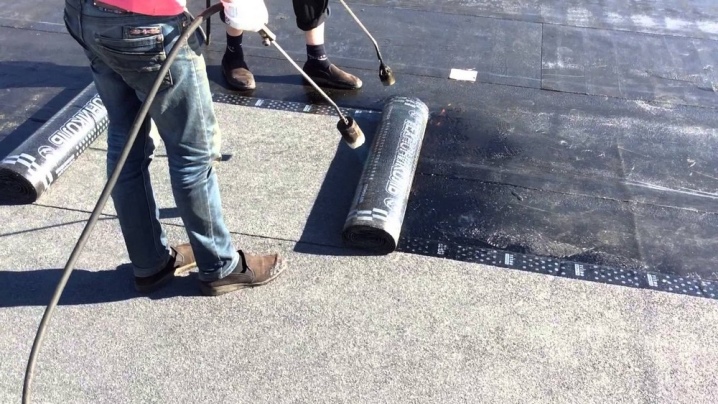
All roofing works using roofing felt can only be carried out at an ambient temperature of at least –5 degrees Celsius. If the situation requires work at low temperatures, then first you need to keep the material in a cool place for at least 20-25 hours.
Before starting work, you should carefully prepare the base. It should be smooth, dry, free from fats, resins, bitumen residues and other dirt. Then the surface is treated with a primer, only after that you can proceed directly to the installation of roofing material.
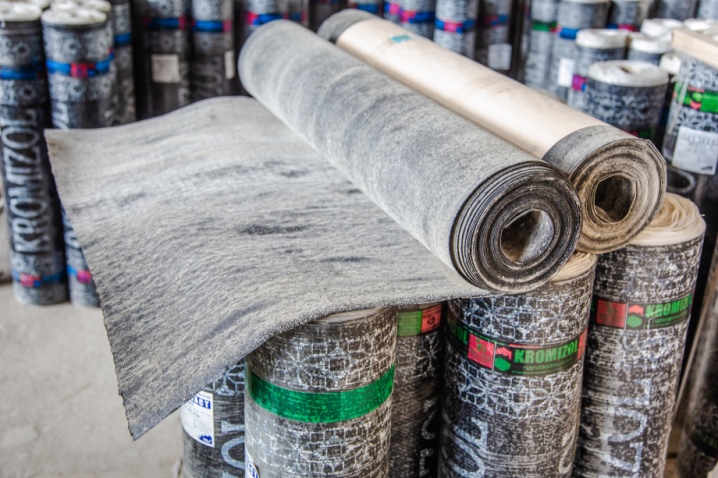
First, the lining layer is laid, and then the main one is laid. Installation is carried out using a burner; both the solid base and the canvas itself should be warmed up. The roof covering is pulled from the lowest point of the roof by rolling the roll up. Usually, the roof surface involves the installation of 3-4 layers of RKP-350. The sheets should be laid in such a way that the seams of different layers do not coincide with each other.
To increase the waterproofing characteristics of the coating, the canvas should be overlapped by 10-15 cm.
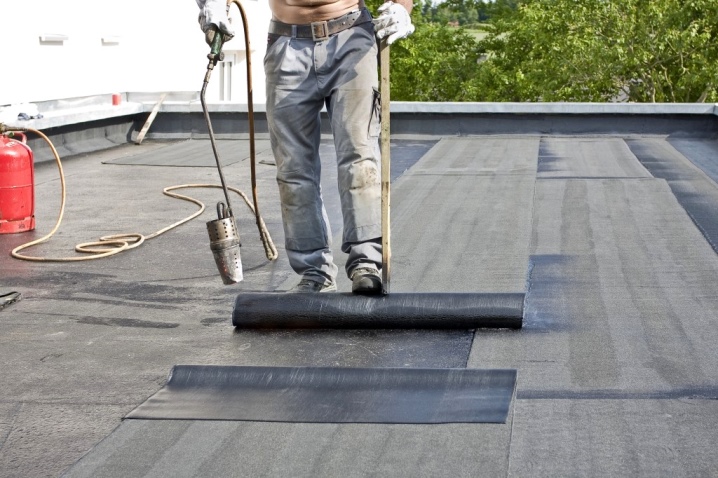
After fixing, the roofing material is rolled with a roller. It takes from one to 3 days to completely dry, depending on weather conditions. The roof is ready, it only remains to inspect the coating once every six months and cover the cracks that have appeared with liquid bitumen in a timely manner.
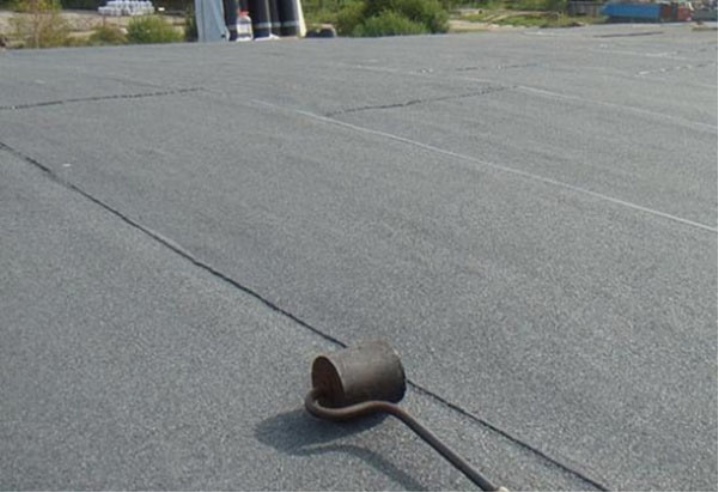
Transport and storage
It is very difficult today to imagine the construction of outbuildings without the use of roofing material. However, this material requires special conditions for storage and transportation.
Any transportation of roofing material RKP 350 is carried out in open machines, placing rolls vertically in 1 or 2 rows.
You can store rolls only in a dry, warm room and always in an upright position. If they are placed horizontally, then this leads to sheets sticking together. It will be difficult to roll out such a roll, and during the installation process, the sheets are often torn.
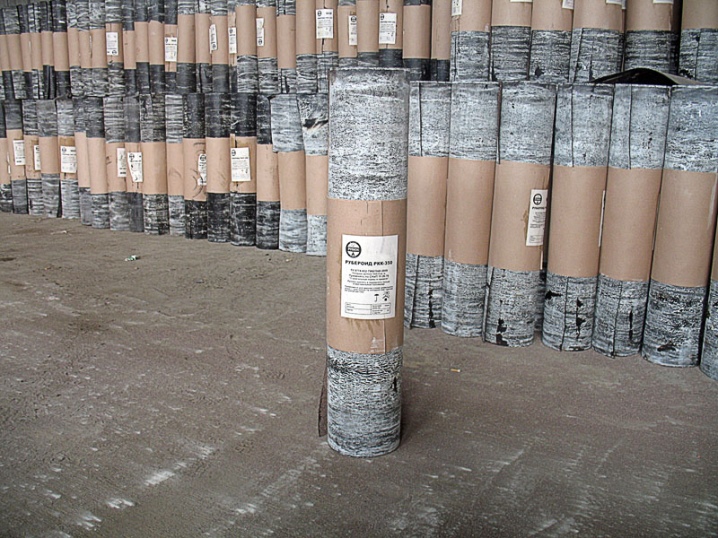
The shelf life of roofing material should not be more than 1 year from the date of its manufacture. After 12 months, the roofing material must be checked for compliance with the basic requirements of GOST and TU. If any deviations are found, it can no longer be used for its main purpose.

Roofing material is an inexpensive coating that is often used in the construction of industrial premises, warehouse complexes and utility blocks. One roll will cost about 500 rubles. To cover a roof of an area of 50 m2, no more than 8 pieces will be required, taking into account the stock and overlap - thus, all work will cost 2.5-3 thousand rubles. At the same time, RKP 350 has high functional characteristics, is laid according to a simple technology, therefore, its use as an affordable roof covering is quite justified.
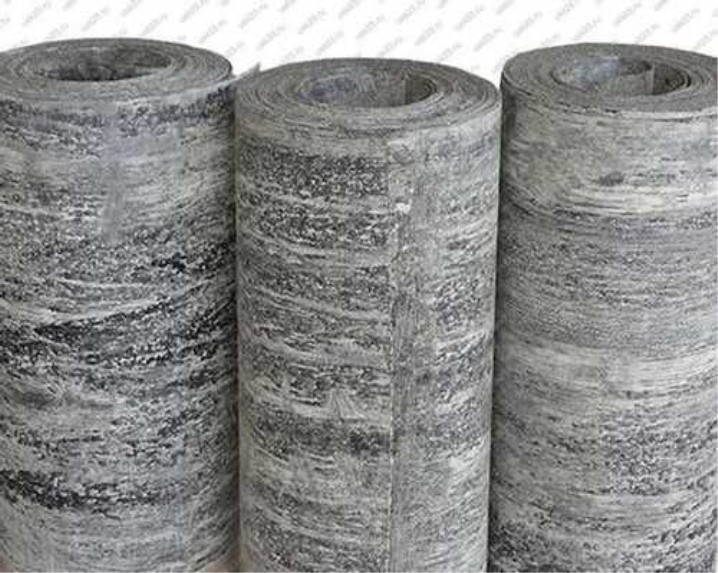













The comment was sent successfully.